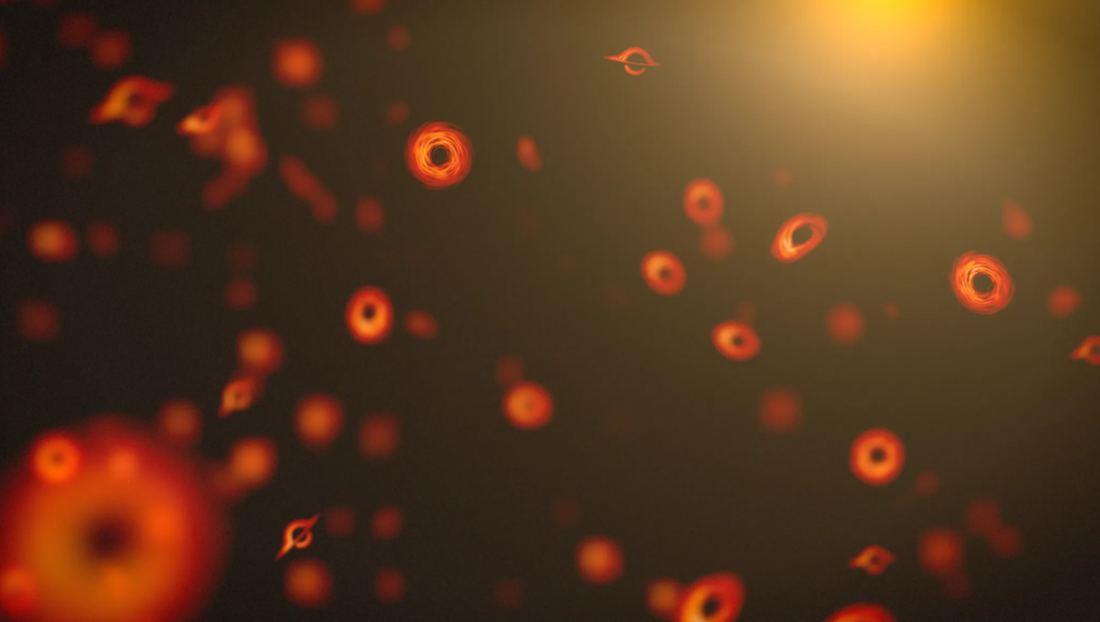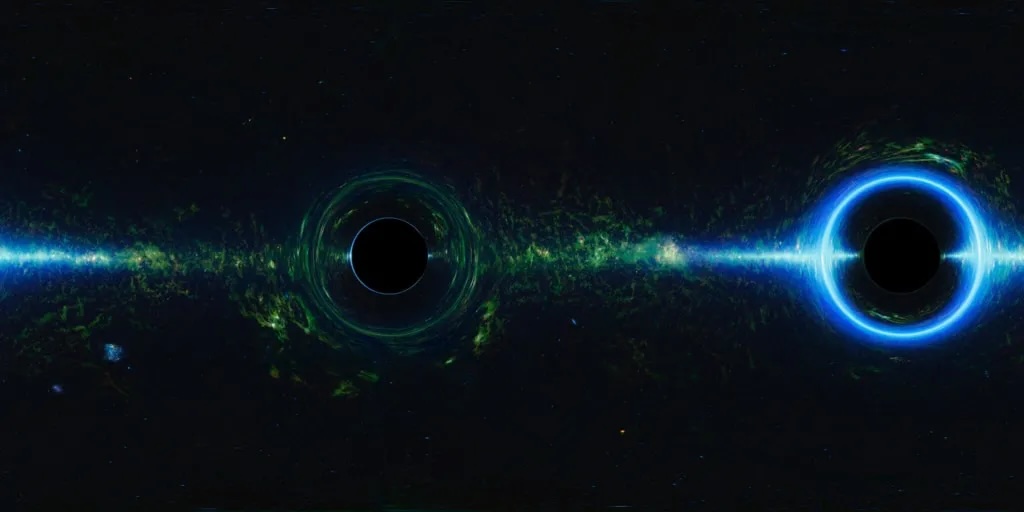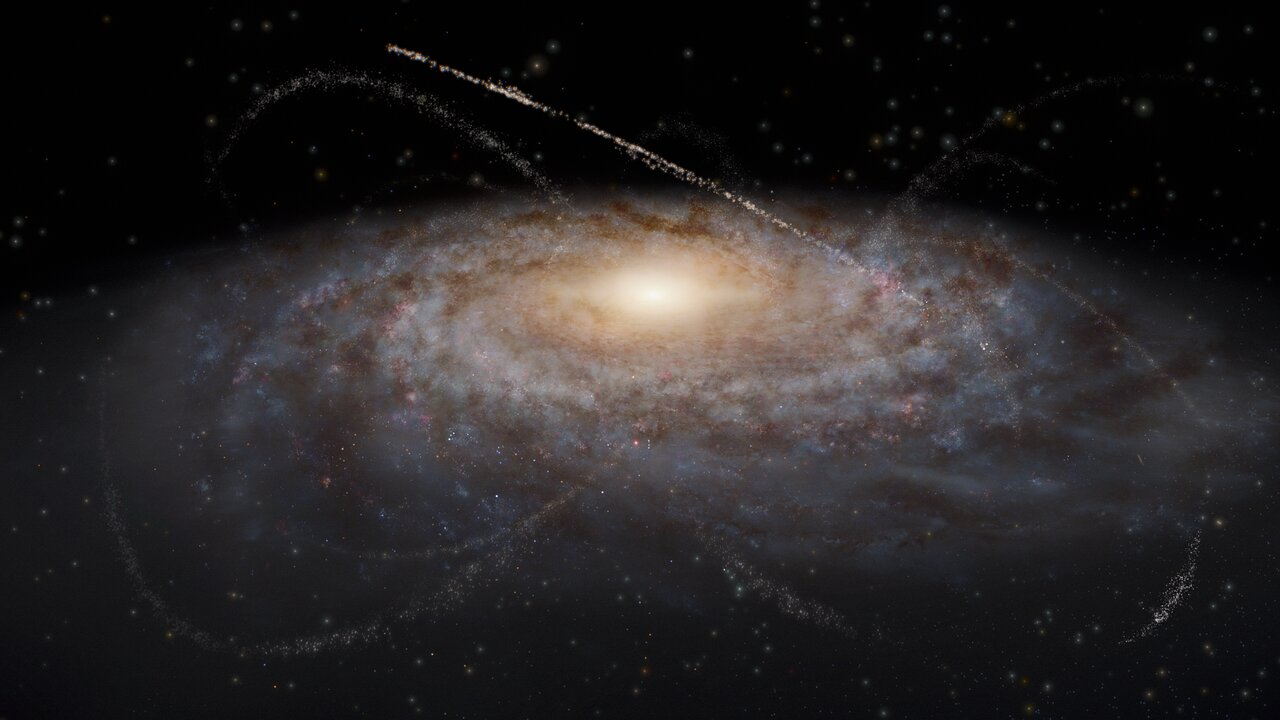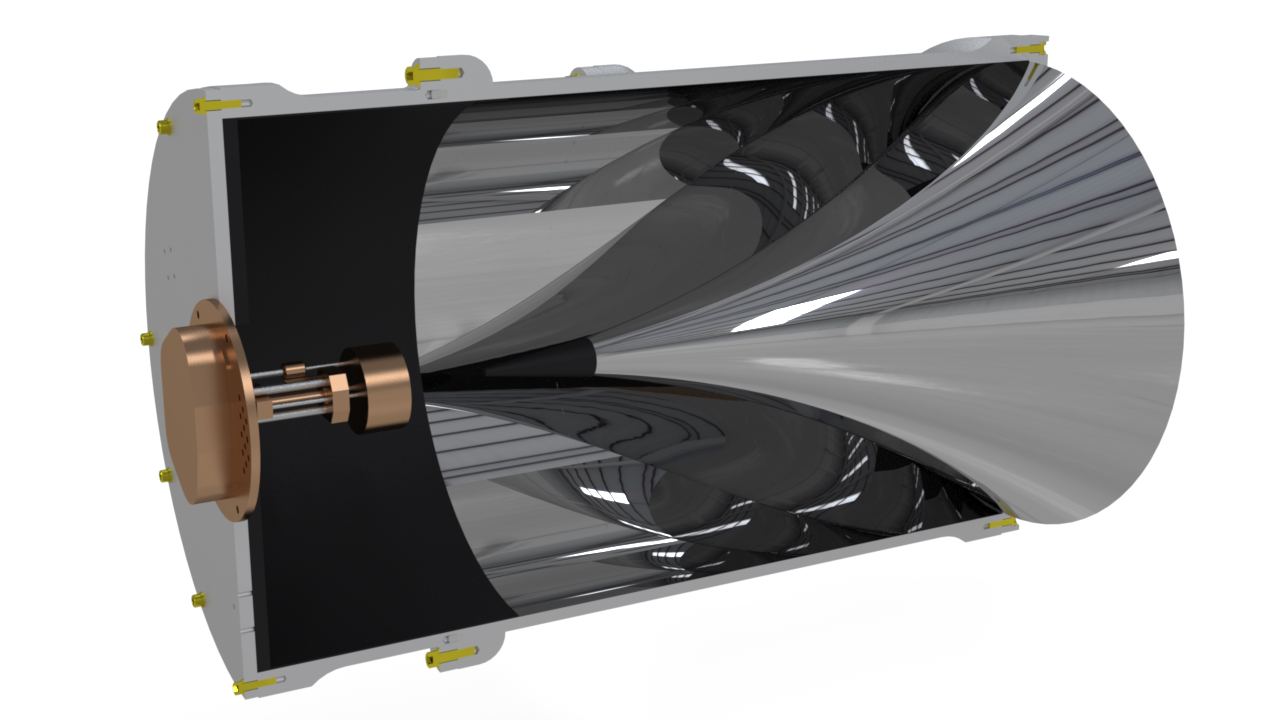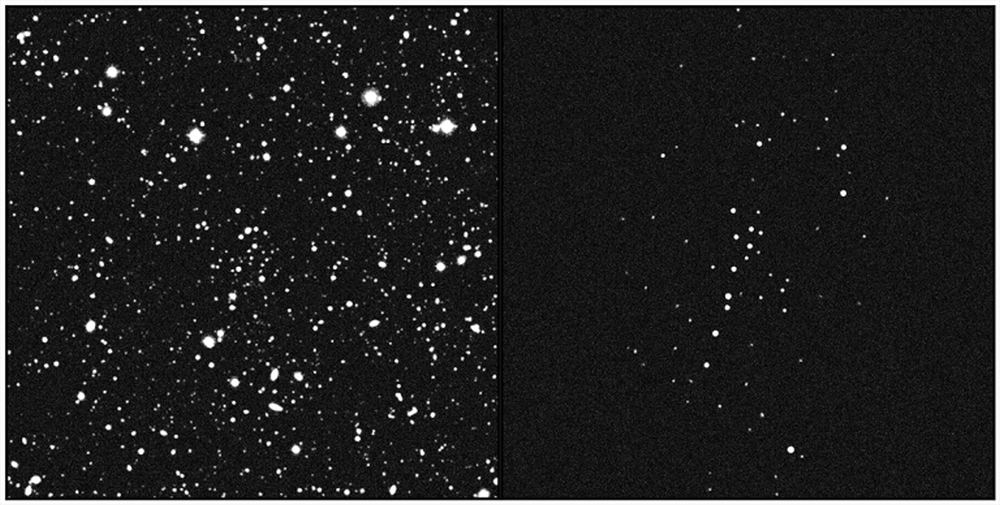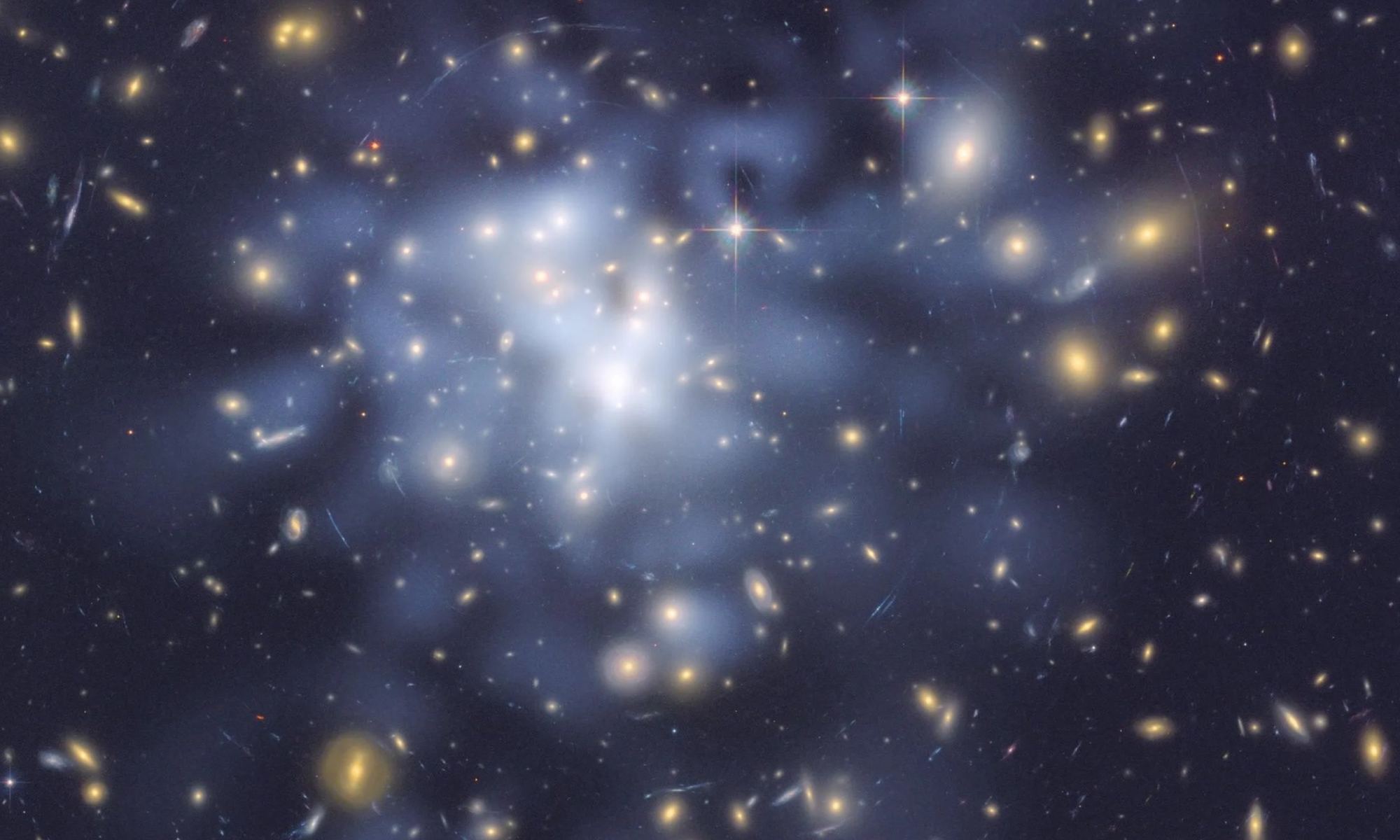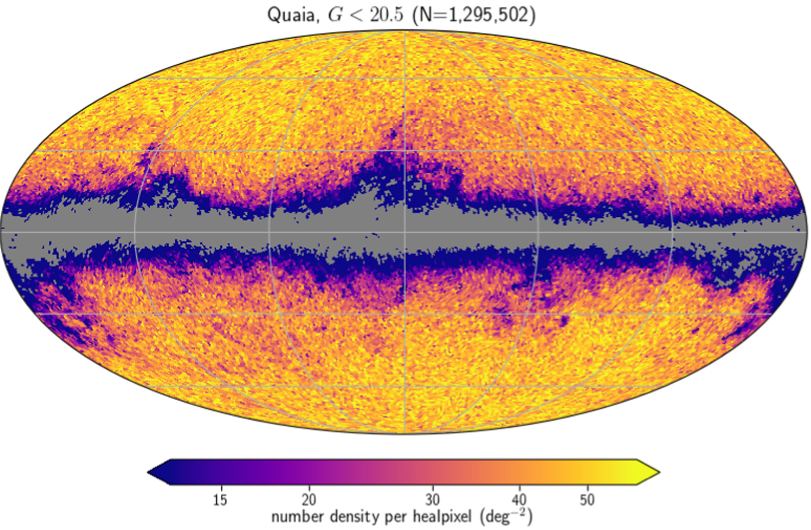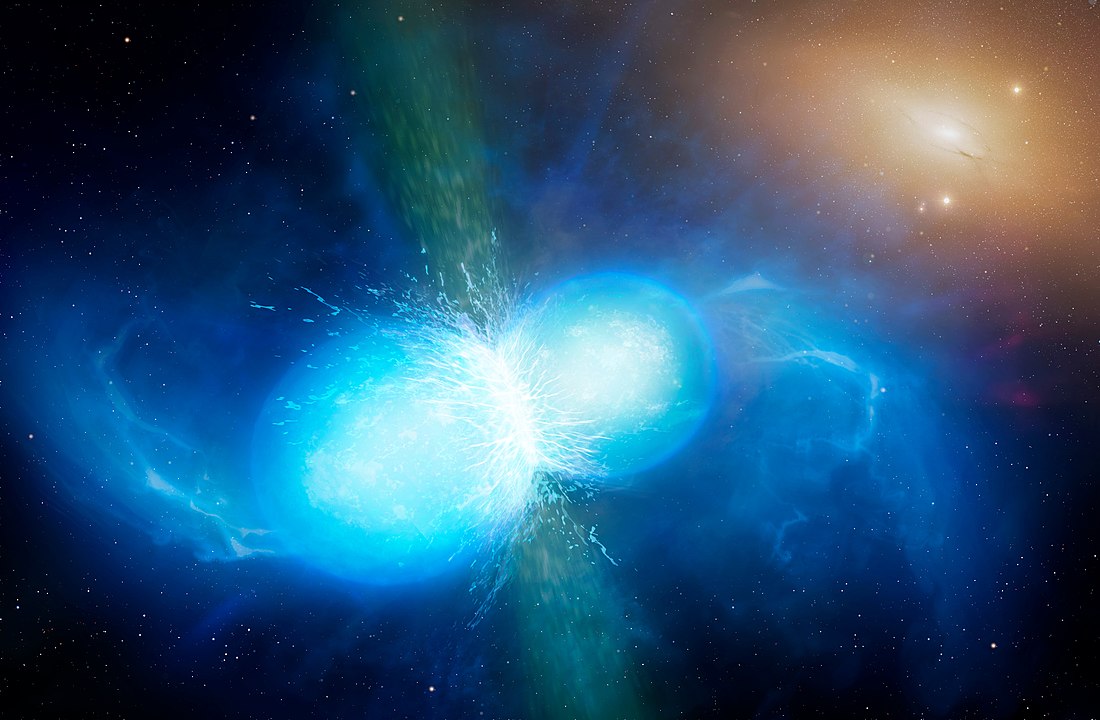What is Dark Matter? That question is prominent in discussions about the nature of the Universe. There are many proposed explanations for dark matter, both within the Standard Model and outside of it.
One proposed component of dark matter is primordial black holes, created in the early Universe without a collapsing star as a progenitor.
Continue reading “Primordial Black Holes Can Only Explain a Fraction of Dark Matter”
